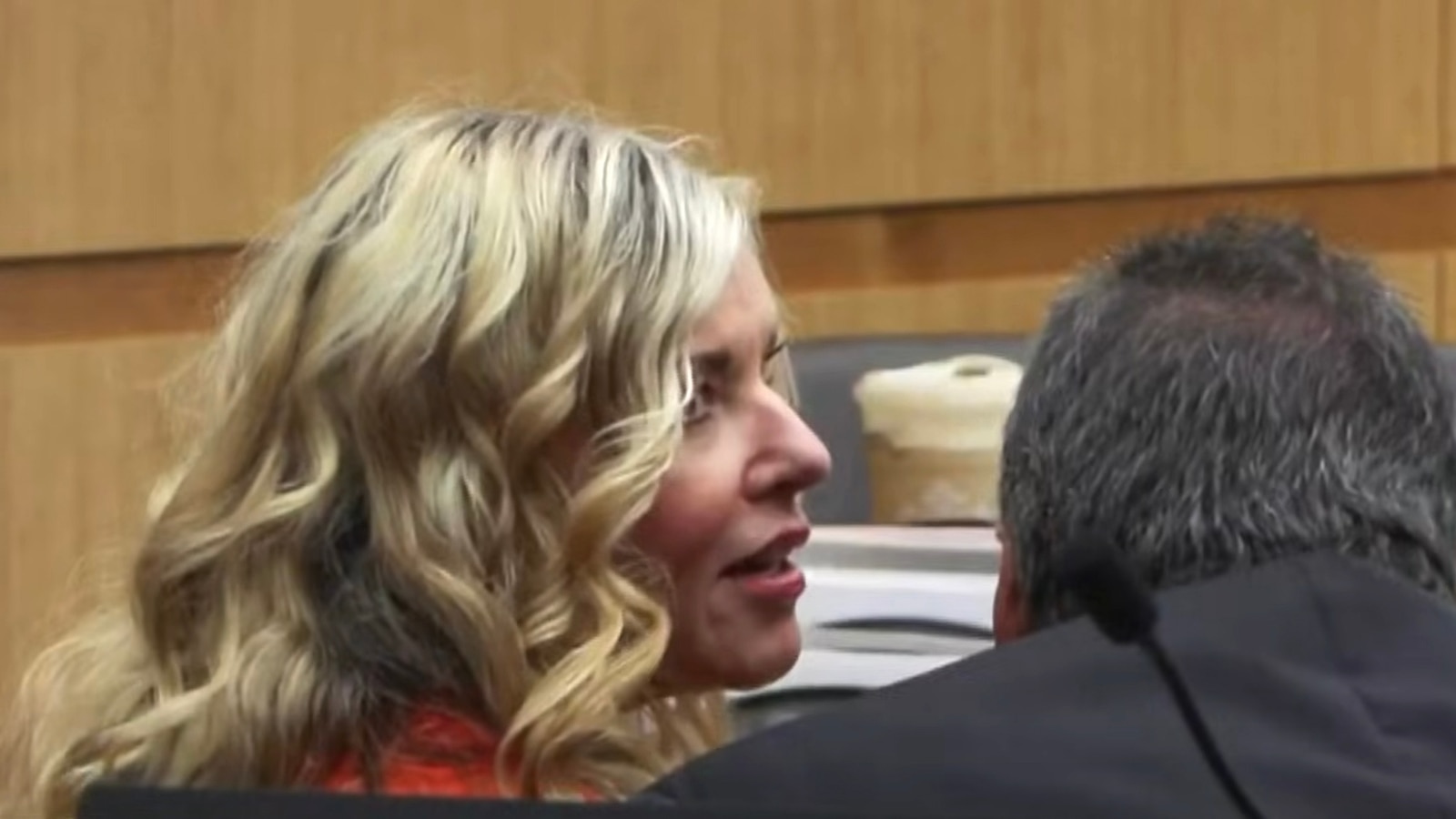What Happened
On June 11, 2025, a series of protests erupted in Spokane, Washington, primarily focused on the actions of Immigration and Customs Enforcement (ICE) regarding the detention of two young men seeking asylum. The protests began outside the ICE office on West Cataldo Avenue, where former city councilman Ben Stuckart organized a demonstration to prevent the deportation of a Venezuelan asylum seeker, Cesar Alexander Alvarez Perez, and a Colombian national, Joswar Slater Rodriguez Torres. Stuckart had recently taken legal guardianship of Alvarez Perez and claimed that both men had complied with legal processes to secure their immigration status.
As the protests escalated, Mayor Lisa Brown declared a state of emergency and issued a curfew from 9:30 p.m. to 5 a.m. for downtown Spokane, marking the first such measure since the 2020 Black Lives Matter protests. The curfew was intended to ensure public safety amid rising tensions, as police deployed tear gas to disperse crowds that had blocked ICE vehicles and engaged in confrontations with law enforcement.
Key Details
- Protest Initiation: The protests began around 1 p.m. on June 11, following a social media call to action by Ben Stuckart, who urged supporters to gather outside the ICE facility.
- Curfew Declaration: Mayor Lisa Brown announced a curfew for downtown Spokane, affecting a large area including Riverfront Park, in response to the protests. The curfew aimed to maintain order and safety.
- Law Enforcement Response: Police and SWAT units were deployed to manage the protests, which included the use of tear gas and rubber bullets as tensions escalated. Stuckart and several other protesters were arrested for failing to disperse.
- Protest Size: The number of demonstrators grew significantly, with estimates suggesting around 1,000 participants at the height of the protests.
- Legal Context: The protests were framed within the broader context of immigration enforcement and community responses to federal policies under the Trump administration, which has faced criticism for its immigration practices.
Multiple Perspectives
The protests have drawn a variety of responses from community members, local officials, and law enforcement:
-
Support for Protesters: Many community members, including politicians and activists, expressed solidarity with the protesters. They argue that the detention of Alvarez Perez and Rodriguez Torres is unjust and highlights broader issues within the immigration system. Stuckart emphasized the moral implications of the detentions, stating that both young men had been following legal procedures and deserved support.
-
Law Enforcement’s Position: Spokane Police and city officials maintained that while they respect the right to protest, they must also enforce laws and ensure public safety. Mayor Brown’s curfew was positioned as a necessary measure to prevent violence and chaos, reflecting a concern for both protesters and the general public.
-
Criticism of Protest Tactics: Some local officials, including City Councilman Jonathan Bingle, criticized the protests for escalating to what he described as “lawlessness.” He argued that while peaceful protest is a right, actions that obstruct federal operations cross a line into criminal behavior.
Context & Background
The protests in Spokane are part of a larger national dialogue concerning immigration policy and enforcement. Under the Trump administration, there has been a significant increase in immigration enforcement actions, leading to heightened tensions in communities with large immigrant populations. The Keep Washington Working Act, which aims to protect immigrant rights in Washington State, provides a legal framework that some protesters invoked in their demonstrations against ICE.
The protests also reflect broader societal divisions regarding immigration, with some advocating for stricter enforcement and others calling for more humane treatment of asylum seekers and immigrants. The involvement of local politicians and community leaders in the protests underscores the local significance of these issues, as they resonate with many residents’ experiences and values.
What We Don’t Know Yet
As the situation continues to develop, several uncertainties remain:
- Future Protests: It is unclear whether additional protests will occur in response to the curfew or the actions taken by law enforcement during the initial demonstrations.
- Legal Outcomes: The legal ramifications for those arrested, including Stuckart, are still pending, and it remains to be seen how the city will address the fallout from the protests.
- Community Impact: The long-term effects of these protests on community relations, local politics, and immigration policy in Spokane are yet to be fully understood.
Overall, the Spokane protests highlight the complexities of immigration enforcement and community activism, reflecting a microcosm of the national debate surrounding these critical issues.

